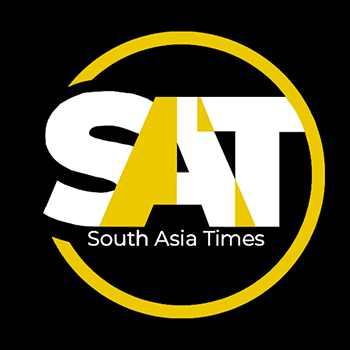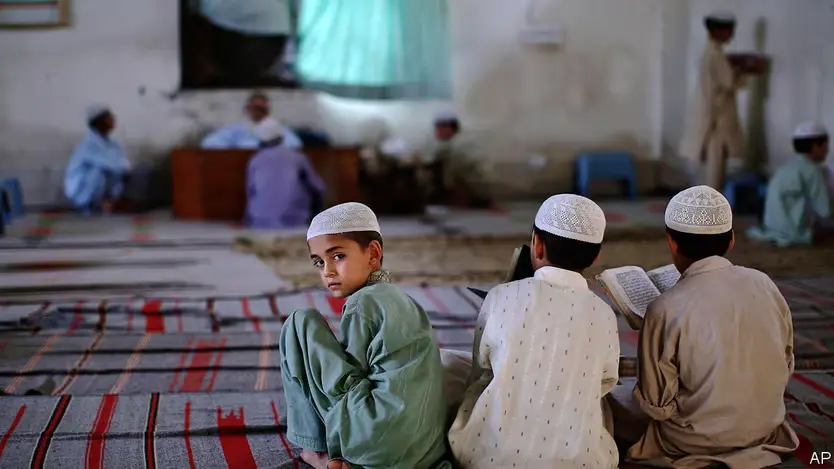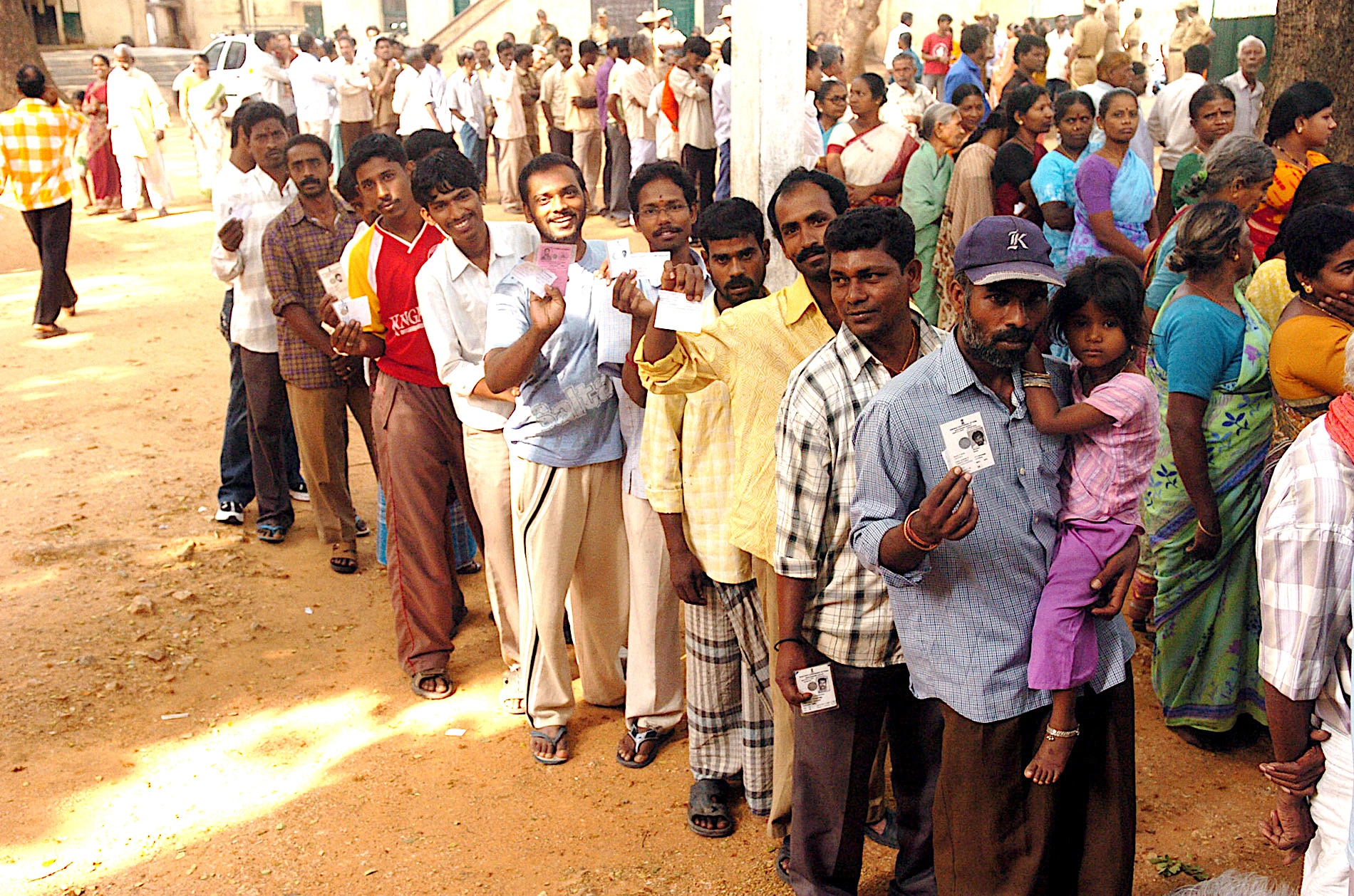As we enter 2025, the Pakistan-United States relationship continues to be a defining feature of Pakistan’s foreign policy, marked by both cooperation and estrangement over seven decades. While often shaped by external forces like the Cold War and the War on Terror, this partnership has been pivotal to both nations’ interests. From facilitating Sino-U.S. rapprochement in the 1970s to helping the U.S. counter the Soviet invasion of Afghanistan, Pakistan has played a central role in shaping global geopolitics. However, this alliance, sometimes both “most allied” and “most sanctioned,” has fluctuated in response to changing global dynamics.
Today, the relationship stands at a crossroads once again. The U.S. withdrawal from Afghanistan and the shifting global order have ushered in a recalibration phase. Counterterrorism remains a vital area of cooperation, but the focus has expanded to include trade, non-traditional security, human development, and climate change. These shifts align with Pakistan’s pivot to geo-economics and a comprehensive security framework, prioritizing economic growth and human security over traditional military alliances.
A Historical Perspective of US-Pakistan Partnership: From Strategic Ally to Geo-Economic Partner
During the Cold War, Pakistan emerged as a key U.S. ally against Soviet expansion, largely driven by India’s alignment with the USSR. However, ties were strained when the U.S. suspended military aid during the Indo-Pakistan wars of 1965 and 1971. The relationship revived in the 1970s when Pakistan facilitated U.S.-China rapprochement, but subsequent concerns over Pakistan’s nuclear program led to sanctions in the Ford and Carter administrations.
The Soviet invasion of Afghanistan in 1979 rekindled U.S.-Pakistan ties, resulting in substantial military and economic aid. However, the end of the Cold War saw the U.S. pivot towards India, driven by its growing economy and strategic significance in the Indian Ocean and Southeast Asia. The 9/11 attacks once again placed Pakistan at the centre of U.S. foreign policy, albeit at significant socio-political and economic costs for Pakistan.
Under the Trump administration, relations were fraught, particularly due to Washington’s support for India, but did not reach breaking point. Pakistan now faces shifting dynamics, with growing U.S.-India relations and a strong U.S.-Israel partnership coupled with U.S.-China rivalry, Russia’s resurgence, conflicts in the Middle East, and the rise of terrorism and extremism.
Emerging Challenges and Opportunities in US-Pakistan Partnership
The evolving global order presents both challenges and opportunities for the Pakistan-U.S. partnership. Will the U.S. and Pakistan capitalize on these evolving priorities, or will they continue to remain fixated on old security-centric concerns?
The growing Indo-U.S. strategic partnership and the U.S.-China rivalry complicate Pakistan’s delicate balancing act. Islamabad has long maintained a strategic partnership with China, but it also recognizes the importance of its relationship with Washington. The intensifying geopolitical rivalry between these global giants has significant implications for Pakistan’s security and foreign policy.
From Pakistan’s perspective, its National Security Policy for 2022-2026 and leadership statements consistently emphasize a policy of neutrality in the ongoing great power competition, while also underscoring the importance of maintaining beneficial relations with both the U.S. and China. Pakistan, while not yet having a fully fleshed-out roadmap for balancing these interests, remains committed to a pragmatic foreign policy that avoids unnecessary entanglements in global power struggles. However, the level and scope of future engagement between the U.S. and Pakistan will largely depend on Washington’s political willingness.
Regarding the Belt and Road Initiative (BRI) and the Build Back Better World (B3W) initiative, Pakistan sees potential benefits from participating in both. With its significant infrastructure gaps, Pakistan views these projects as critical to its long-term development. However, Washington, in turn, has its interests. Pakistan’s trade agreement with China makes it an ideal re-exporting hub, and U.S. companies could leverage this position by setting up manufacturing facilities in Pakistan. These goods could then be exported to China as Pakistani products, providing the U.S. with a neutral platform to access the Chinese market while minimizing direct reliance on Beijing.
The Russia-Ukraine conflict has added a layer of complexity to this delicate balancing act. Washington has expressed concerns over Pakistan’s stance of neutrality, yet, this neutrality is not a passive position; it reflects Pakistan’s commitment to non-alignment, seeking to protect its interests without getting drawn into broader global power struggles.
Also See: Stability’s Linchpin: Why Pakistan Matters
Expanding the US-Pakistan Partnership Beyond Security
To revitalize the partnership, both nations must move beyond a security-centric relationship.
Economic Collaboration
Despite past tensions, recent developments indicate the potential for a deeper, multi-faceted partnership. U.S. investments in Pakistan have surged by 50% since 2022, reaching a decade-high. Over 80 U.S. firms are registered with the American Business Council of Pakistan and the American Business Forum, contributing $1.5 billion in investments and generating around $3 billion in annual revenue. These companies operate in sectors such as agribusiness, financial services, healthcare, ICT, and renewable energy.
Counterterrorism and Security Cooperation
The U.S. and Pakistan have established a Counterterrorism Dialogue forum, holding multiple rounds of discussions to enhance cooperation on regional and global security, capacity building, technical expertise, and border security. Over 300 police and frontline responders have been trained as part of this effort. High-level exchanges have strengthened military relations, including a December 2023 visit by Pakistan’s Chief of Army Staff (COAS) General Syed Asim Munir to meet U.S. officials and a follow-up visit by CENTCOM Commander General Michael Erik Kurilla in May 2024. Both countries have held joint military exercises, such as Exercise Falcon Talon in June 2024 and naval drills, including Inspired Union 2024 in Karachi.
Human Development and Climate Action
On the non-security front, both nations are working together on climate action, energy transition, and education, among other critical issues. The U.S.-Pakistan Green Alliance, for example, promises mutual benefits in sustainable development, with potential for increased investment in clean energy and climate-smart agriculture.
The Way Forward
In light of President-elect Donald Trump’s upcoming inauguration, Islamabad is actively seeking to strengthen its relationship with the United States. Planning Minister Ahsan Iqbal has emphasized the potential to revitalize U.S.-Pakistan relations, advocating for expanded trade, enhanced market access, and joint ventures in sectors such as information technology, agriculture, and manufacturing. Pakistan;s Fireign Office also reiterated that ‘non-interference’ should be the cornerstone of Pakistan-US ties, expressing the hope for a strengthened relationship with the Trump administration.
For the Pakistan-U.S. relationship to thrive in the 21st century, it must transcend its traditional security-centric framework. Washington must acknowledge Pakistan’s security concerns, particularly in the context of India, while Islamabad should align its foreign policy with national interests, free from undue global influence.
A renewed focus on trade, human development, and climate action can pave the way for a diversified and sustainable partnership. Both nations must invest in building a relationship that balances geopolitical challenges with shared opportunities. With strategic vision and mutual respect, a robust Pakistan-U.S. partnership is not only possible but imperative for addressing the complex challenges of our time.
The views expressed in this article are the author’s own. They do not necessarily reflect the editorial policy of the South Asia Times.

![US-Pakistan partnership is a journey of alliances, challenges, and opportunities shaping an evolving relationship. What lies ahead? [Image via AA]](https://southasiatimes.org/wp-content/uploads/2025/01/thumbs_b_c_e11cce75b5ec292042e36af25bf86c31.webp)





